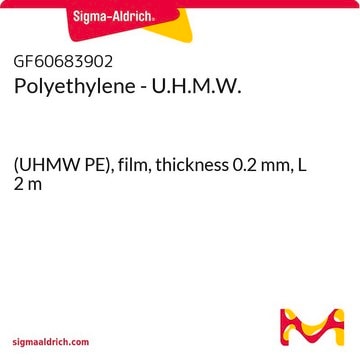The particle surface is modified to contain acid and hydroxy groups. This UHMWPE undergoes treatment with F2 in a process called fluoro oxidation, resulting in approximately 10-15 atom % F, 10-15 atom % O, and the rest being carbon on the surface. This modification allows for surface energies of up to 60 dynes/cm (typically 50 dynes/cm), making them easily dispersible in CASE (coatings, adhesives, sealants, and elastomers) formulations. Additionally, it imparts abrasion resistance, wear resistance, reduces the coefficient of friction, and increases mechanical strength.
Furthermore, the amount of surfactants is negligible compared to polyethylene for this particle size. Assuming that carboxylic acids and hydroxyls form a layer approximately 1 nm thick (in reality probably even less), the volume of this layer relative to the volume of a 45 µm particle is estimated to be around 0.01%, resulting in a similar mass ratio.




